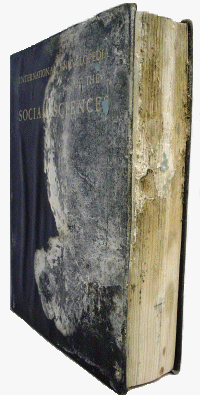Question: My tenants are saying that there is black mould in my rental townhouse. I’ve replaced fixtures in the bathrooms, stopped leaks and spent thousands of dollars but they are still bringing in the local public health inspector.
I’m allergic to black mould myself and have been in while damaged drywall was being removed. I handled it myself with no ill effects and observed the joist cavities being treated with mould inhibiting sprays and ‘killex’.
Should I be worried that my tenants are still pursuing this investigation? I’ve taken every remedial step I can think of and the only stuff I saw was dried up and the rest looked like shower mildew to me. All the discoloration spots on the bathroom ceiling stuff came off with a cleaner called BAM and the paint was unaffected once the ceiling was wiped down.
Answer: Shower mildew is actually mould though it may not be what people call black mould (Stachybotrys chartarum). I would suggest you hire a qualified professional such as an industrial hygienist who is experienced in indoor microbial contamination. This person should be able to assess the extent of contamination, possibly determine the underlying cause, and then advise on the most appropriate level of remediation. They may also be able to advise you whether the tenants’ lifestyle could be contributing to mould growth. For instance, if they don’t switch the fan on (if there is one) when showering or bathing, then there will be mould growth due to condensation on the walls and the ceiling.
If you have further questions regarding black mould, please contact us at 905-290-9101.

